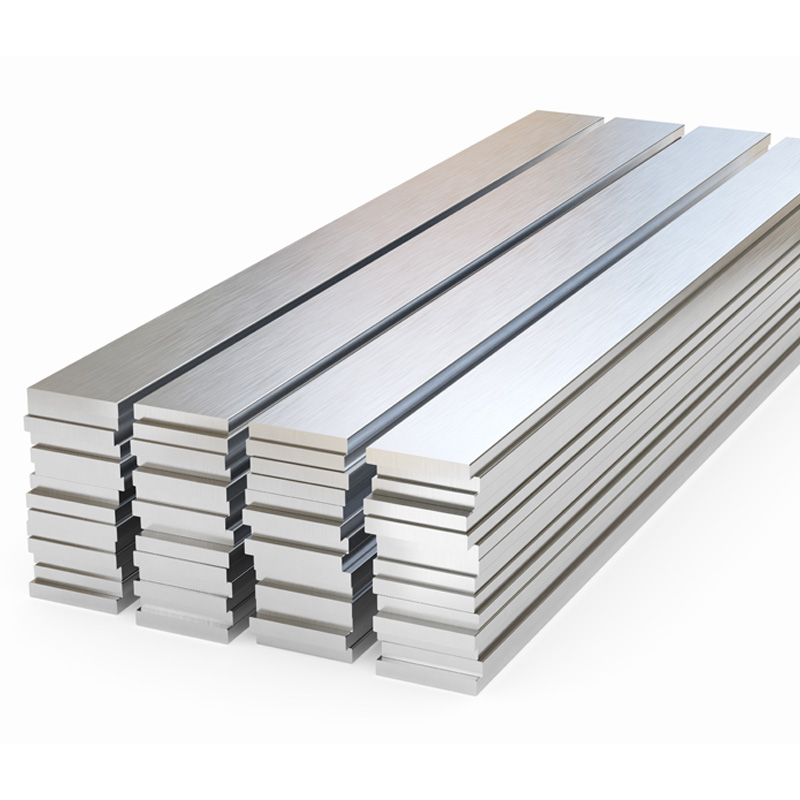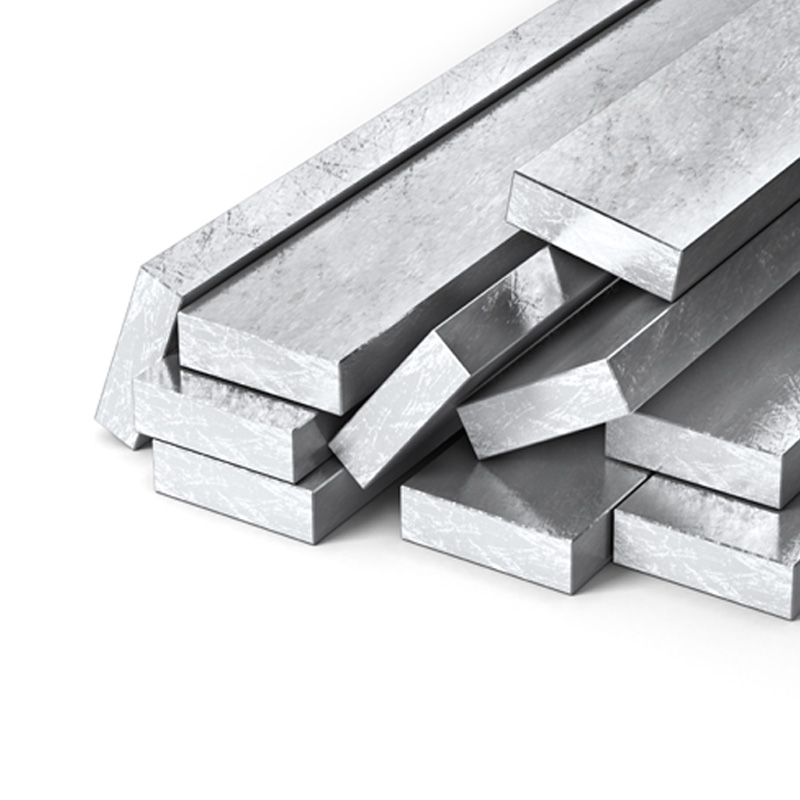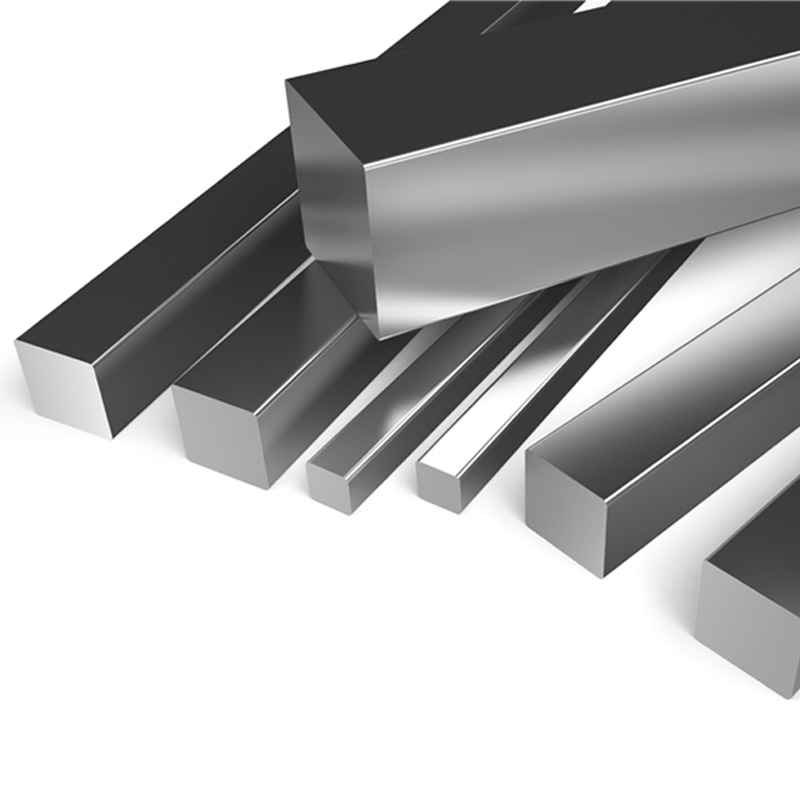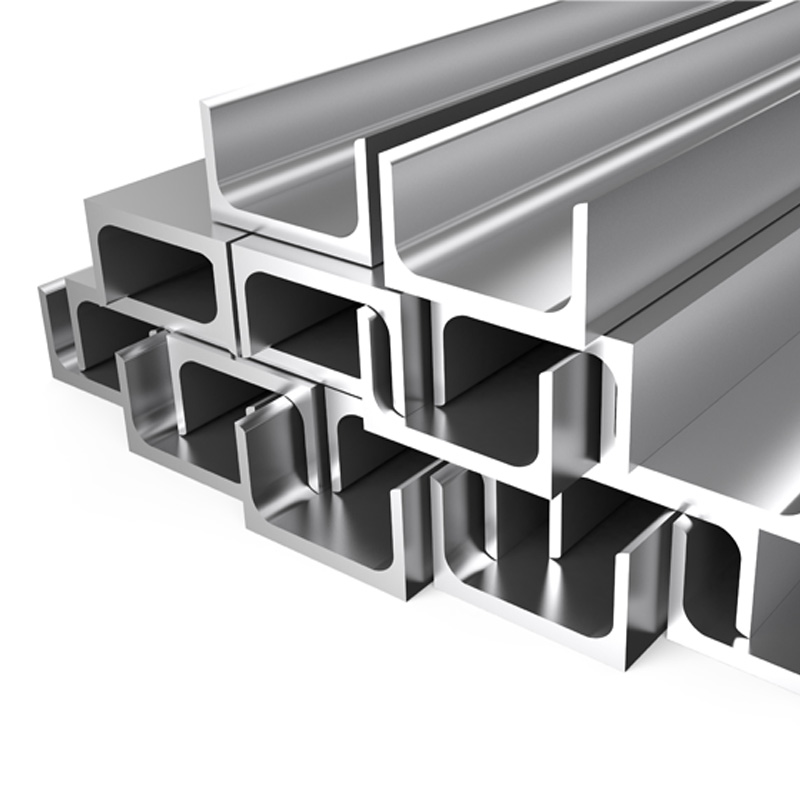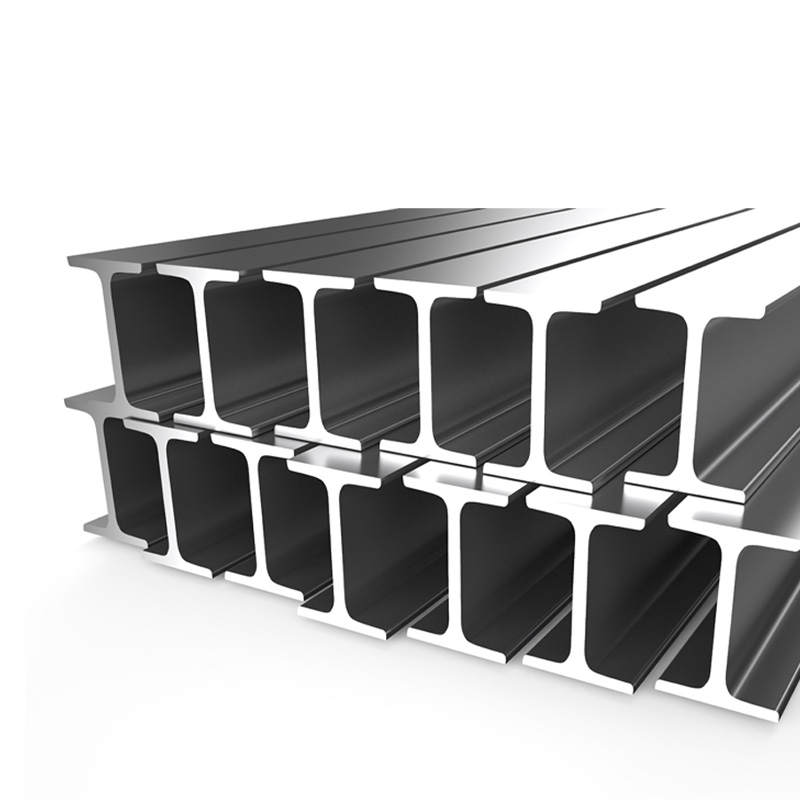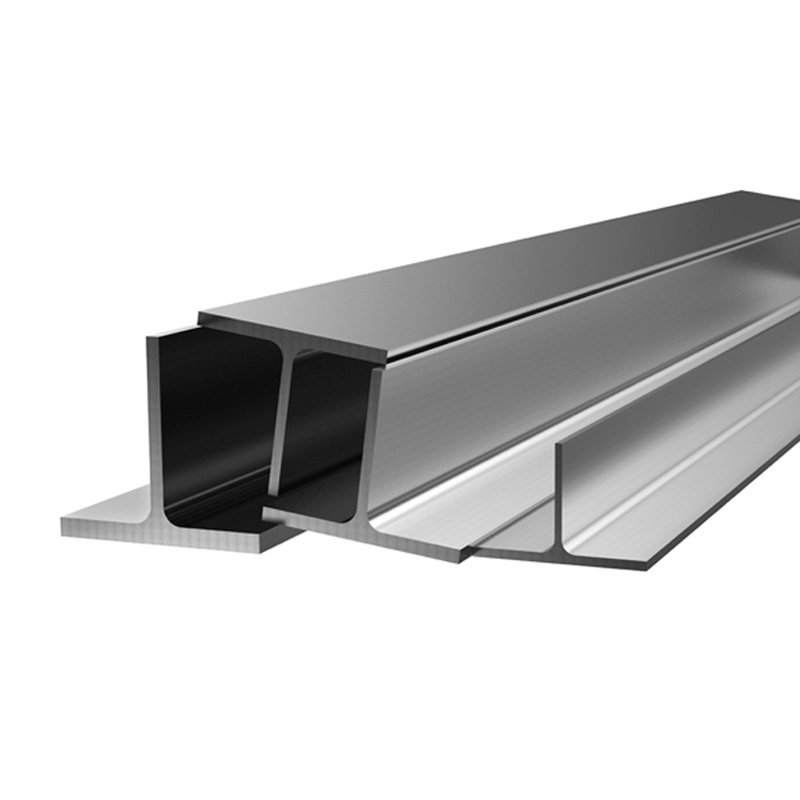Flat bar steel is a steel product widely used in the construction and industrial sectors, noted for its durable structure and various sizes. This product has a wide range of applications and is preferred both for supporting steel structures and for decorative purposes.
Flat iron refers to flat steel bars made from carbon steel or alloy steel, available in various sizes. This material, which has a flat structure, is generally used in areas that require durability and flexibility. Flat iron sizes are very diverse and are particularly preferred in the construction industry, metal constructions, and machinery manufacturing.
Flat steel finds applications across a wide range of sectors. The most common areas of use are listed as follows:
Construction Sector:
In the foundational structures of buildings,
In the support of reinforced concrete systems,
In roof constructions, and
In staircase railings, it is widely used.
Industrial Sector:
Preferred in the manufacturing of machinery and equipment,
In industrial facilities,
In the support of pipelines.
Decoration:
Can be used as a decorative element in metal art, furniture designs, and railing embellishments.
Automotive Sector:
Plays an important role in the production of vehicle bodies and
In metal chassis.
The dimensions and structural durability of flat steel make it a versatile solution in these sectors.
How is Flat Bar Steel Produced?
The production process of flat bar steel involves a series of important stages supported by modern technologies:
Raw Material Selection: The main raw material for flat bar steel is carbon steel. In some applications, alloy steels can be used.
Heating: Raw steel is heated in casting furnaces to 1200-1300 degrees to soften it.
Rolling: The heated steel is shaped into the desired flat form in rolling machines. During this stage, the dimensions of the flat bar steel are determined.
Cutting and Sizing: After the rolling process, the flat bar steels are cut to the required dimensions.
Final Processing and Quality Control: At the end of the production process, materials undergo special treatments like galvanizing to enhance corrosion resistance and durability. Additionally, the quality of the products is meticulously inspected.
What Materials Are Used in Flat Bar Steel Production?
While carbon steel is primarily used in flat bar steel production, the following materials may also be preferred for different applications:
Alloy Steel: Used in projects requiring more durability and special properties.
Stainless Steel: Preferred in humid and corrosion-prone environments.
Galvanized Steel: A special coating method used to enhance corrosion resistance.
Flat bar steel dimensions can vary depending on the material used. Selecting the appropriate material for project requirements is important.
What Differentiates Flat Bar Steel from Other Steel Products?
Flat bar steel shows distinct differences from other steel products regarding characteristics and areas of use. These differences can be summarized as follows:
Shape and Size: Flat bar steel has a flat structure and is produced in fixed dimensions. Its dimensions are more standardized compared to other steel products.
Durability: Due to its high durability, it stands out especially in areas that require reinforcement.
Usage Area: Flat bar steel is suitable for both structural and decorative uses. Other steel products are generally limited to either structural or industrial uses.
Economical: Flat bar steel offers a cost-effective solution and is available in a wide range of scales. Its various sizes provide economical solutions.
What Stages Are Involved in the Flat Bar Steel Production Process?
Flat bar steel production involves a series of precise and planned operations. This process primarily consists of raw material preparation, shaping, heat treatments, surface cleaning, and final production stages. The suitability of the raw material's properties determines the quality standard of the final product. Usually, carbon steel or alloy steels are used.
The steel raw material is melted in furnaces to achieve the desired chemical composition. Afterwards, casting and rolling stages follow. In these stages, the steel is given a shape and size suitable for flat bar steel dimensions. After the rolling process, the material is cooled and subjected to heat treatments like tempering to achieve the desired properties.
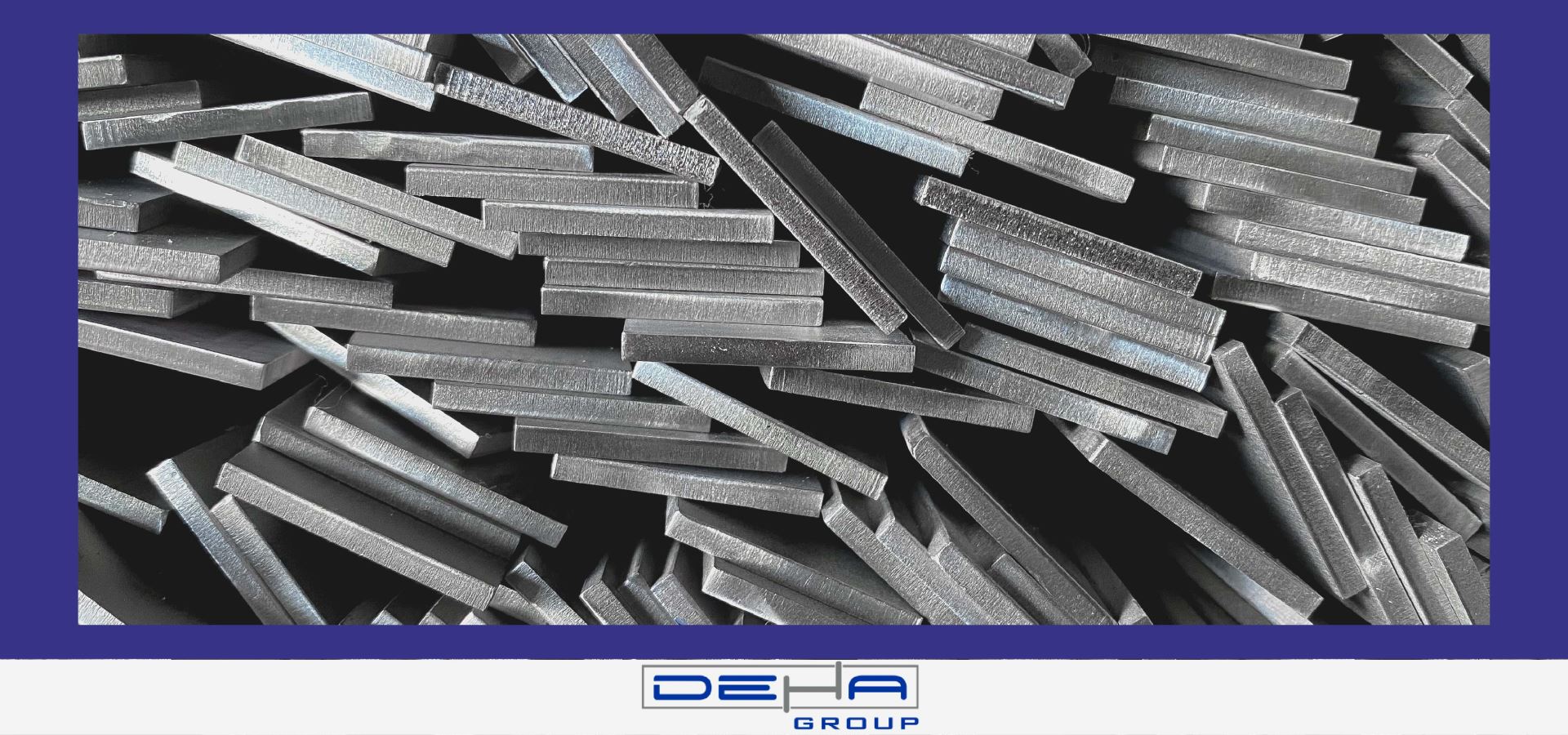
How to Enhance the Durability and Corrosion Resistance of Flat Bar Steel?
Various techniques and processes are utilized to increase the durability and corrosion resistance of flat bar steel. First, the chemical composition of the steel is optimized appropriately. By adding alloying elements (such as chromium, nickel, and molybdenum), both durability and corrosion resistance are enhanced.
Another critical factor is the coating techniques applied during production. Frequently used galvanizing creates a protective zinc layer on the surface of the flat bar steel to prevent rust. Additionally, epoxy coatings or paint applications extend the lifespan of the material. Heat treatments improve the mechanical properties of the material while minimizing surface defects.
In Which Projects Is the Use of Flat Bar Steel Advantageous?
Flat bar steel offers advantages in many different projects due to its durable structure and versatility. It is often preferred in the following projects:
Industrial Structures: Flat bar steel is a crucial component of steel constructions. It is used in areas where durability is paramount, such as factory buildings and warehouses.
Infrastructure Projects: Products manufactured to the dimensions of flat bar steel stand out with their high carrying capacity and durability in bridges, tunnels, and railway projects.
Decoration and Architecture: Flat bar steel is particularly preferred in decorative elements where aesthetics and durability are desired.
Transportation and Logistics: Used in areas like truck beds and racking systems, flat bar steel ensures materials are long-lasting and robust.
What Are the Cutting and Shaping Techniques for Flat Bar Steel?
Flat bar steel cutting and shaping processes offer project-specific solutions to achieve maximum efficiency. The prominent techniques are:
Plasma Cutting: Offers high precision and speed. Suitable for designs with complex geometries.
Laser Cutting: Laser Cutting provides extremely fine cutting accuracy and is preferred especially in precision work.
Mechanical Cutting: This process, performed using saws or steel shears, is common in simpler projects.
Rolling and Bending: Flat bar steel dimensions are shaped according to project needs with the help of rolling machines. This technique is indispensable in most structural projects.
How Are Quality Control Processes Conducted for Flat Bar Steel Products?
The quality control of flat bar steel products is meticulously carried out both during production and at the shipping stage.
Visual Inspection: Surface defects, cracks, or errors are detected.
Dimension Control: The compliance of flat bar steel measurements with international standards is checked with precise measuring devices.
Material Tests: Mechanical tests (tensile, compressive, and impact resistance) are applied.
Corrosion Resistance Tests: Coating quality and resistance to rust are tested.
Flat bar steel products that pass quality control successfully are packaged and prepared for shipment. A correct and careful quality control process ensures the flat bar steel products are long-lasting in projects.

 TR
TR


